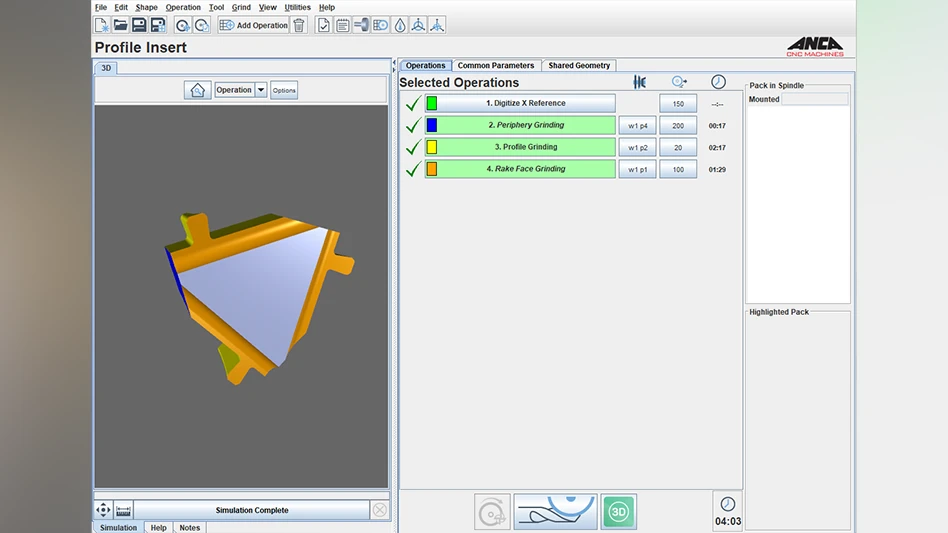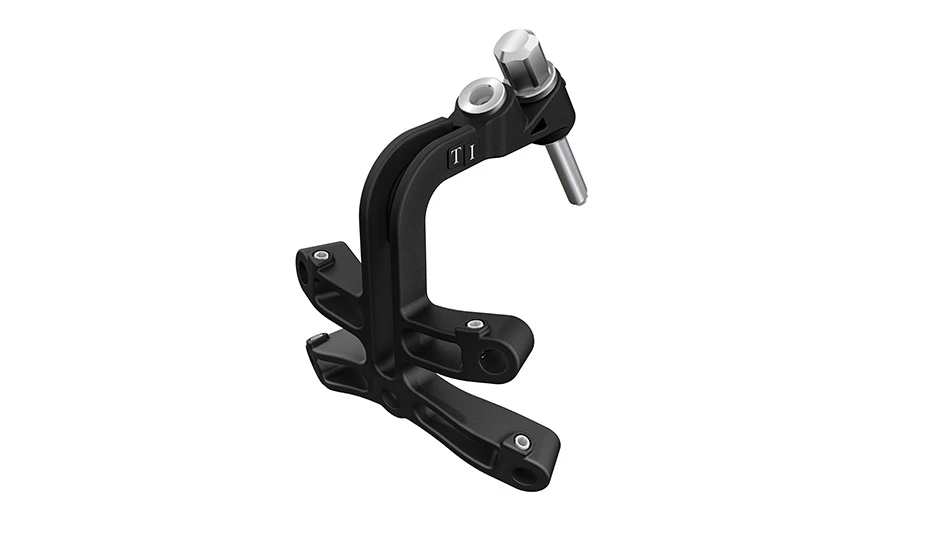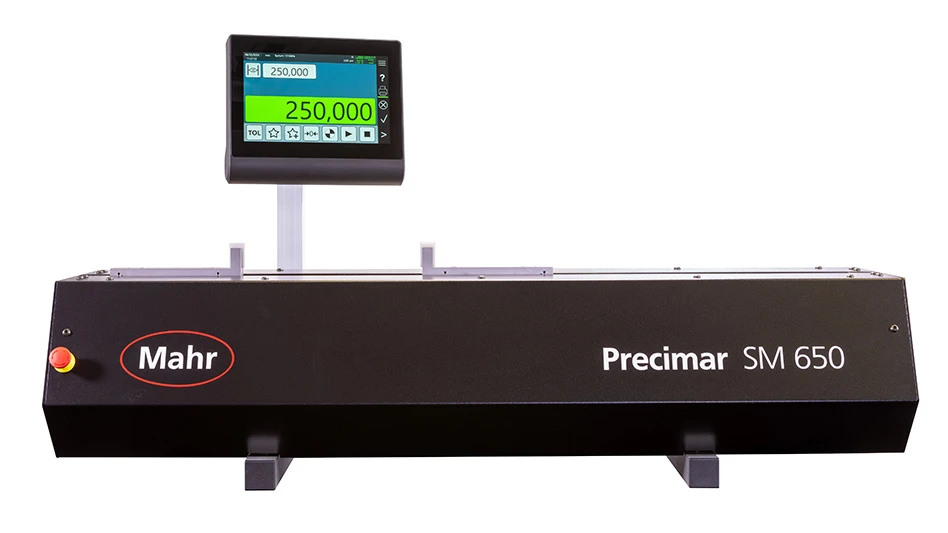
With increased competition for shrinking hospital budgets, private insurance payouts, and dwindling Medicare DME dollars, medical device manufacturers find themselves scrambling to increase the functionality, reliability and safety of their products. Of all the features sure to gain the approval of review boards and DME examiners alike, wireless capability gets a strong nod with its unsurpassed monitoring accuracy and patient compliance. Hence, the mad dash to integrate Bluetooth technology into existing hard-wired applications.
Facilitating the entry of Bluetooth into the medical device industry is the modern protocol analyzer, now updated to effortlessly examine not only the wireless interface between devices, such as a glucose monitor and a Bluetooth-enabled telephone modem (used for wireless remote monitoring), but also the interface between the device CPU and the Bluetooth chip inside the device. The advanced capabilities of today’s protocol analyzer software help to overcome the fear associated with “cutting the umbilical cord” to traditionally hard-wired elements. Medical device manufacturers can now release Bluetooth-enabled products with confidence that the item has been thoroughly tested and will perform to spec in the clinical environment.
A MEDICAL NECESSITY
“By embedding Bluetooth technology into your product you gain access to an expanded market, one that I would argue is a very important market because of the exploding geriatric population and the increasing number of people with chronic diseases,” says Pierre Landau, Ph.D., president of Tucson, AZ-based Polymap Wireless.
Polymap Wireless develops and markets wireless systems and components for the remote monitoring of diabetes, congestive heart failure, hypertension, obesity and other chronic conditions.
There is no denying that Bluetooth reins as the technology of choice for connecting wireless devices. For 2007, the Bluetooth Special Interest Group (SIG), Bluetooth’s worldwide governing body, reports that 384 companies passed 1,417 products through the SIG’s qualification program. Throughout the world, Bluetooth continues to grow in popularity, with an average of 85% of consumers aware of the technology, prompting ever more OEMs to take the wireless plunge.
The need for wireless data recording and transmission reaches an almost “acute” level within the medical device industry.
“There are a sizeable percentage of chronic patients who are not capable of monitoring themselves, like a diabetic with nascent senile dementia,” Landau observes. “Even if they could, they would not know what to do with the numbers. These are the people who will derive a significant benefit from having a remote monitoring device watch over their numbers and relay the data to the proper healthcare professionals.”
The success of Bluetooth technology over that of other radio technologies can be attributed to a number of factors including maturation of the technology, the lower cost of implementation, and its convenience.
“Bluetooth utilizes a frequency band that is allowed all over the world, so you do not have to build a different piece of equipment for each country,” Landau explains. “It is also very resistant to noise, so even with an environment that has a lot of other radio interference, like a hospital, the data will still get through. Additionally, Bluetooth is better than people think in terms of power consumption. For example, one of our customers offers a wireless blood pressure cuff that can take 600 measurements and transmit the data, all on only two AA batteries.”
OPPORTUNITY, CHALLENGES
Until now, hesitation to jump on the Bluetooth bandwagon has usually stemmed from the well-founded concern that Bluetooth is a complex technology with numerous protocols, profiles (use cases), and the automatic challenges that come from any wireless technology, but especially one where the connection and disconnection of devices is almost always ad hoc. So, too, it is an ever-evolving standard, with not only a rapidly growing number of profiles, but also constant improvements and expansions in functionality at the RF level. During the sending and receiving of information, any number of quality issues can arise including dropped connections, data corruption or loss, interference, slow throughput, and signal degradation, all of which can ultimately affect the end user’s experience with the product in a negative manner.
“Do we expect our OEM customers to know Bluetooth like the back of their hand? Absolutely not,” says Lance Watson, an applications engineer for Richardson, TX-based CSR. CSR designs single-chip wireless devices and software development kits for OEMs making a wide variety of wireless products. “But we also recognize that tools are now available to help them speed up Bluetooth product introduction, so we strongly recommend that our customers utilize protocol analyzer software if they want to be major players in this realm. In particular, we point them to Frontline’s Bluetooth test equipment because it is very easy for anyone to just plug it in, install the drivers, and start air tracing from one device to the next.”
With over 40,000 units in use worldwide, spanning a wide variety of communication technologies, Charlottesville, VA-based Frontline Test Equipment Inc. is a provider of PC-based protocol analyzers for special-purpose data communication networks. For example, Frontline’s FTS4BT supports the new IEEE P11073-20601 Draft Standard for Health Informatics, Personal Health Device communication application profile and includes the Multi-Channel Adaptation Protocol.
“The FTS4BT is a very useful tool for us because we spend a lot of time getting our devices to speak to other devices, and rarely does the actual behavior of the device correspond to what they tell you in the documentation,” Landau notes. “Medical device manufacturers who choose to embed a Bluetooth chipset in their product really need to understand how it behaves. That is where a protocol analyzer becomes very important.”
ANALYZING THE LINKS
Until recently, Bluetooth protocol analyzers could only operate by way of “air sniffing” the wireless link between devices, or by “HCI sniffing” (host controller interface) the wired connection between the CPU and the Bluetooth chip inside the device. While examining each link individually provides valuable information, it does not go far enough. Fully-featured protocol analyzers can simultaneously air sniff and HCI sniff both sides of the Bluetooth chip, greatly enhancing the debugging and verification process.
The most modern protocol analyzers go one step further by providing what is known as “virtual sniffing” where the analyzer does not physically tap the link. Virtual sniffing is an alternative to traditional HCI sniffing. Instead of a wired tap of the link between the CPU and the Bluetooth chip, virtual sniffing uses a software connection to supply the communication packets to the protocol analyzer. Since no probe is required to tap the link, equipment costs are lower. Virtual sniffing even simplifies the debugging process for the engineer because often it is not convenient to physically tap the link.
“One of the things I like best about the protocol analyzers from Frontline is the simple, graphic-based operation that displays a user-friendly trace showing timing, frequency, packet header information and other details,” says Liang-Cheng Chang, a senior software engineer for MediaTek Inc. Headquartered in Hsin-Chu, Taiwan, MediaTek is a fabless semiconductor company for wireless communications and digital media. “Some of our testers, who do not read the Bluetooth spec’ had no trouble confirming the data sent through the air. All it took was some simple, standard operating procedure training.”
Unlike protocol analyzers that can only store data for later evaluation, today’s newer analyzers feature real-time displays to further accelerate the debugging and verification process. The effect of user actions – whether “positive path” or regressive – are observed in real time on the screen of the analyzer. The test engineer no longer has to rely on notes or memory to reconstruct what took place when attempting to fix any problems.
“We primarily use the Frontline equipment for tracing down interoperability issues such as disconnects or anything else that can cause loss of connection between two devices,” Watson says. “The air tracer will capture the data packets, and from there, knowing the profiles, we can determine what the problem might be related to and proceed onto ironing out the errors between the connections.”
COMMERCIAL NECESSITY
The Bluetooth revolution will continue, as both medical providers and patients recognize the value proposition of working without cables. Device manufacturers who wish to capitalize on this trend can help ensure success with the use of today’s modern protocol analyzers, especially those that can support the newer features of Bluetooth such as Secure Simple Pairing, which tightens security – an extremely important consideration for HIPAA compliance.
“Within the medical device industry, a good Bluetooth protocol analyzer becomes invaluable for verification and validation,” Landau says. “You have to go to the FDA, CE and the European regulatory authorities and be able to prove that the device really does what you are telling it to do. The FTS4BT gives you a snapshot of what is going on and, in an unequivocal way, provides documentation that proves the device performs to design specifications. You have to do that kind of verification in order to build and sell medical devices in today’s market.”
Polymap Wireless
Tucson, AZ
http://www.polymapwireless.com
CSR
Richardson, TX
http://www.csr.com
Frontline Test Equipment Inc.
Charlottesville, VA
http://www.fte.com
MediaTek
Hsin-Chu, Taiwan
http://www.mediatek.com
The Bluetooth word mark and logos are owned by the Bluetooth SIG, Inc. FTS4BT is a trademark of Frontline Test Equipment Inc.

Explore the January February 2009 Issue
Check out more from this issue and find your next story to read.
Latest from Today's Medical Developments
- Arcline to sell Medical Manufacturing Technologies to Perimeter Solutions
- Decline in German machine tool orders bottoming out
- Analysis, trends, and forecasts for the future of additive manufacturing
- BlueForge Alliance Webinar Series Part III: Integrate Nationally, Catalyze Locally
- Robot orders accelerate in Q3
- Pro Shrink TubeChiller makes shrink-fit tool holding safer, easier
- Revolutionizing biocompatibility: The role of amnion in next-generation medical devices
- #56 Lunch + Learn Podcast with Techman Robot + AMET Inc.





